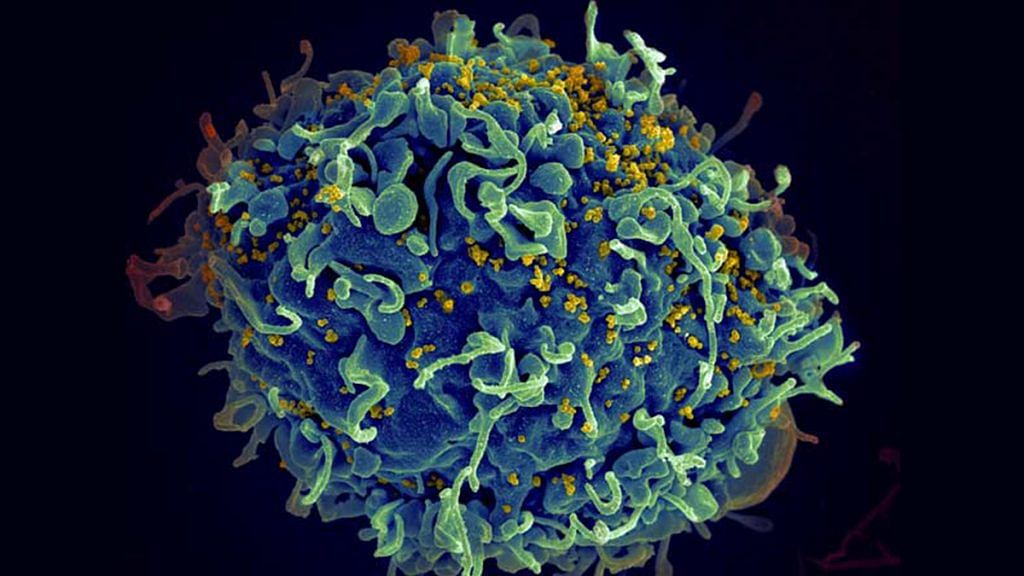Bengaluru: A woman from Argentina has reportedly become the second in the world to naturally fight off and cure herself of HIV.
Called the Esperanza Patient, she was diagnosed with HIV in 2013 but never showed any signs of illness.
Doctors and researchers in Argentina have been collecting blood samples from her since 2017, as her blood indicated the presence of HIV antibodies but did not show any signs that the virus was replicating.
Blood samples were meticulously analysed to search for a dormant virus that could jump into action later, but tests failed to show dormant or active HIV.
The Esperanza Patient is only the second such to have naturally removed the virus from her body, after a 66-year old woman in California who eliminated the virus from her body last year. Two other patients, called the London Patient and the Berlin Patient, have recovered from HIV in the past but with the aid of drug cocktails or stem cell transplant.
The findings about the Esperanza Patient were published this week in the journal Annals of Internal Medicine.
Also read: Scientists launch hunt to find naturally Covid-resistant people, 1,000 volunteers to be enrolled
The fight against HIV
HIV is a retrovirus that inserts itself into the human genome, making copies of itself and also tricks the immune system. It targets and renders the immune system inefficient, thus also attracting a host of other infections in a person.
The leading cause of death among HIV patients, who have not yet progressed to AIDS, is accidental death or suicide, or other illnesses including lung disease (but not cancer).
So far, only two people have been cured of HIV through treatment. In 2008, Timothy Ray Brown from California, who came to be known as the ‘Berlin Patient’, was the first to be cured of AIDS. His identity was revealed in 2010, and he died in 2020 from leukaemia.
Adam Castillejo, who was known as the ‘London Patient’, was the second to be cured, in 2019. Both men had painful bone marrow transplants from donors with a rare genetic mutation that is resistant to HIV.
They were also on antiretroviral therapy.
All HIV patients are required to be on lifelong antiretroviral therapy that prevents the disease from progressing to AIDS. But stem cell transplants and bone marrow transplants are extremely invasive and expensive surgeries that cannot be scaled up.
Loreen Willenberg, the California patient who cured herself naturally, was able to get rid of the disease by locking the virus away inside her genome, where it would typically replicate. Her body’s defensive action was described by researchers as a “functional cure”. While she did not carry antibodies, unlike the Esperanza Patient, her T cells — which recognise a previous infection and kickstart the production of antibodies — were able to neutralise HIV in the lab.
Another patient, a 36-year-old man in Brazil, dubbed the Sao Paulo Patient, was temporarily able to remove the virus from his body using a drug cocktail and without surgery last year, but the virus rebounded with a detectable viral load 72 weeks or 15 months after he went off antiretroviral therapy.
A sterilising cure
Virologists and immunologists describe the Esperanza Patient’s recovery as a ‘sterilising cure’, where her body eliminated the virus completely.
It is thought that at least 0.5 per cent of HIV patients, of the 38 million infected ones around the world, are “elite controllers” whose bodies are capable of suppressing and locking away the virus, or eliminating it.
There have also been documented cases of children given antiretroviral drugs extremely early in life, whose bodies then train themselves to suppress the virus.
A French woman, now around 25 years of age, was born with HIV and was given drugs from birth. She was taken off the drugs when she was six, with no relapse. Another child born in 2010 in the US was able to suppress her infection for 27 months after stopping treatment before relapse. She was once again put on the drugs.
A South African girl was put on HIV drugs when she was two months old, and the treatment was stopped 40 weeks later. When she was 9.5 years of age, tests found some residual virus in some of her immune cells but none which could replicate.
None of the children had genetic mutations resistant to HIV, and their outcomes are likely the result of very early treatment. Scientists hope that they can harness the mechanism of how the Esperanza Patient survived the virus and combined with findings from other such patients, come up with a new class of drugs or a means to cure and eliminate HIV.
(Edited by Arun Prashanth)
Also read: How we feel temperature and touch: Research that won US scientists Nobel Prize in medicine
